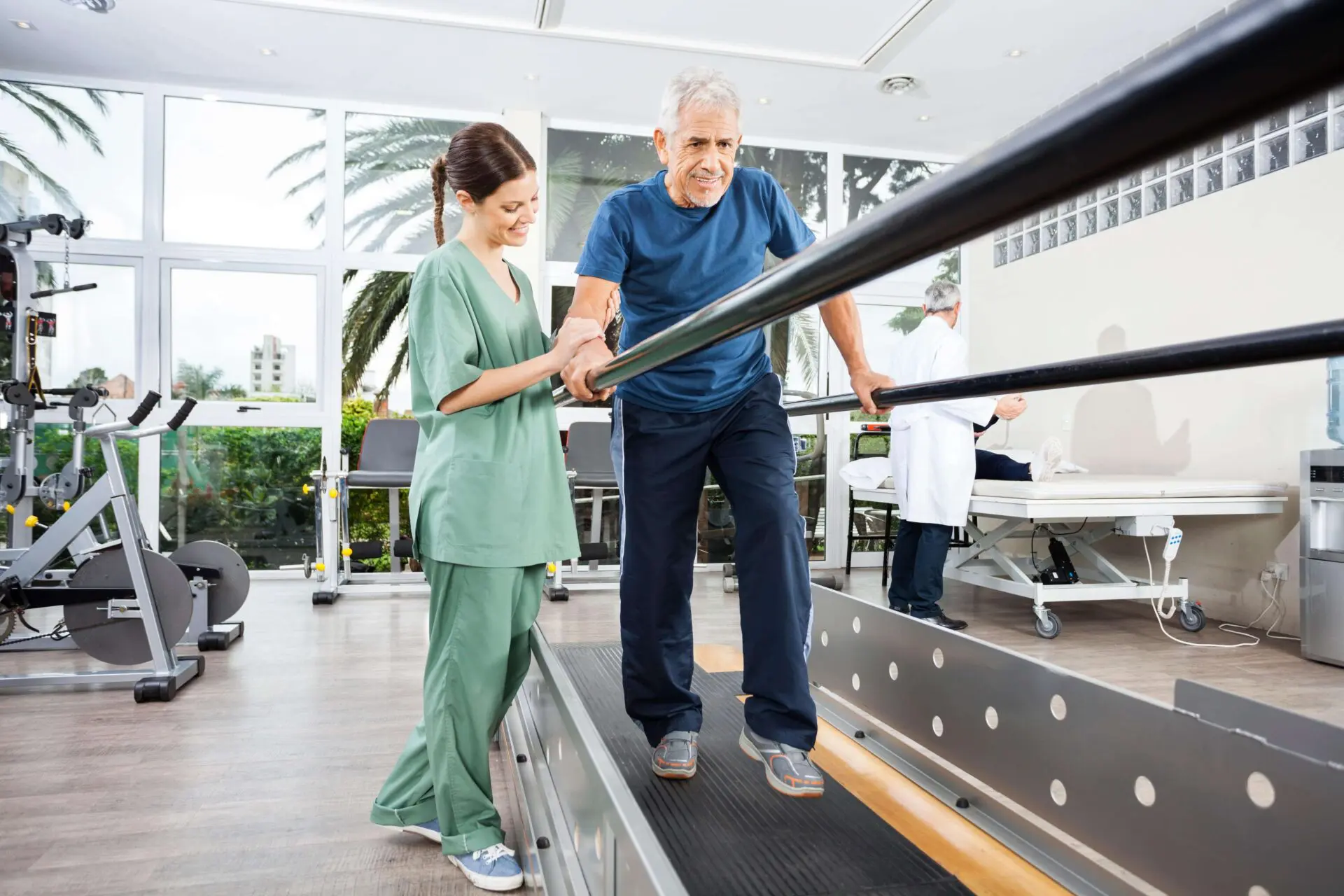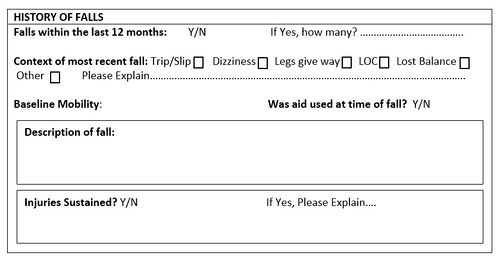More About Dementia Fall Risk
More About Dementia Fall Risk
Blog Article
Indicators on Dementia Fall Risk You Need To Know
Table of ContentsWhat Does Dementia Fall Risk Mean?6 Simple Techniques For Dementia Fall RiskThe Greatest Guide To Dementia Fall RiskUnknown Facts About Dementia Fall Risk
A fall danger analysis checks to see just how likely it is that you will fall. The evaluation generally includes: This includes a collection of inquiries concerning your overall health and wellness and if you have actually had previous drops or issues with balance, standing, and/or strolling.STEADI consists of testing, examining, and intervention. Treatments are referrals that might decrease your danger of dropping. STEADI consists of 3 steps: you for your danger of succumbing to your threat factors that can be enhanced to attempt to avoid drops (for instance, equilibrium problems, impaired vision) to decrease your risk of falling by utilizing reliable approaches (for instance, providing education and resources), you may be asked several questions including: Have you fallen in the past year? Do you really feel unsteady when standing or strolling? Are you stressed concerning dropping?, your provider will certainly examine your stamina, balance, and stride, utilizing the adhering to loss analysis tools: This test checks your gait.
You'll sit down once again. Your supplier will certainly examine for how long it takes you to do this. If it takes you 12 seconds or more, it may imply you go to higher threat for a loss. This test checks toughness and equilibrium. You'll sit in a chair with your arms went across over your breast.
Relocate one foot halfway ahead, so the instep is touching the big toe of your other foot. Relocate one foot fully in front of the various other, so the toes are touching the heel of your other foot.
How Dementia Fall Risk can Save You Time, Stress, and Money.
A lot of drops take place as an outcome of multiple contributing factors; for that reason, handling the danger of dropping begins with determining the aspects that add to drop threat - Dementia Fall Risk. Several of one of the most pertinent threat variables consist of: Background of prior fallsChronic clinical conditionsAcute illnessImpaired stride and equilibrium, lower extremity weaknessCognitive impairmentChanges in visionCertain high-risk medicines and polypharmacyEnvironmental variables can additionally boost the danger for drops, including: Inadequate lightingUneven or damaged flooringWet or slippery floorsMissing or harmed hand rails and get hold of barsDamaged or incorrectly fitted equipment, such as beds, wheelchairs, or walkersImproper usage of assistive devicesInadequate guidance of individuals residing in the NF, including those who exhibit hostile behaviorsA successful fall threat monitoring program calls for a thorough scientific analysis, with input from all members of the interdisciplinary team

The treatment strategy ought to also consist of treatments that are system-based, such as those that promote a safe setting (proper illumination, handrails, get hold of bars, etc). The performance of the treatments ought to be evaluated occasionally, and the care plan revised as necessary to show changes in the loss danger analysis. Carrying out a fall threat monitoring system utilizing evidence-based best technique can decrease the frequency of falls in the NF, while restricting the capacity for fall-related injuries.
Examine This Report on Dementia Fall Risk
The AGS/BGS standard advises evaluating all adults aged 65 years and older for autumn risk yearly. This screening consists of asking clients whether they have actually fallen 2 or even more times in the Related Site previous year or sought clinical attention for an autumn, or, if they have not dropped, whether they feel unstable when walking.
Individuals who have fallen when without injury must have their balance and stride assessed; those with gait or equilibrium abnormalities ought to get additional analysis. A background of 1 fall without injury and without stride or equilibrium issues does not require further analysis past continued annual loss risk testing. Dementia Fall Risk. A loss threat evaluation is required as component of the Welcome to Medicare exam

How Dementia Fall Risk can Save You Time, Stress, and Money.
Recording a falls background is one of the top quality indicators for fall prevention and management. copyright drugs browse around this site in certain are independent predictors of drops.
Postural hypotension can usually be alleviated by minimizing the dosage of blood pressurelowering medicines and/or stopping medications that have orthostatic hypotension as a side result. Usage of above-the-knee assistance hose and copulating the head of the bed boosted may additionally reduce postural decreases in blood stress. The suggested elements of a fall-focused checkup are received Box 1.

A Yank time better than or equal to 12 secs recommends high fall threat. Being unable to stand up from a chair of knee height without making use of one's arms shows enhanced loss threat.
Report this page